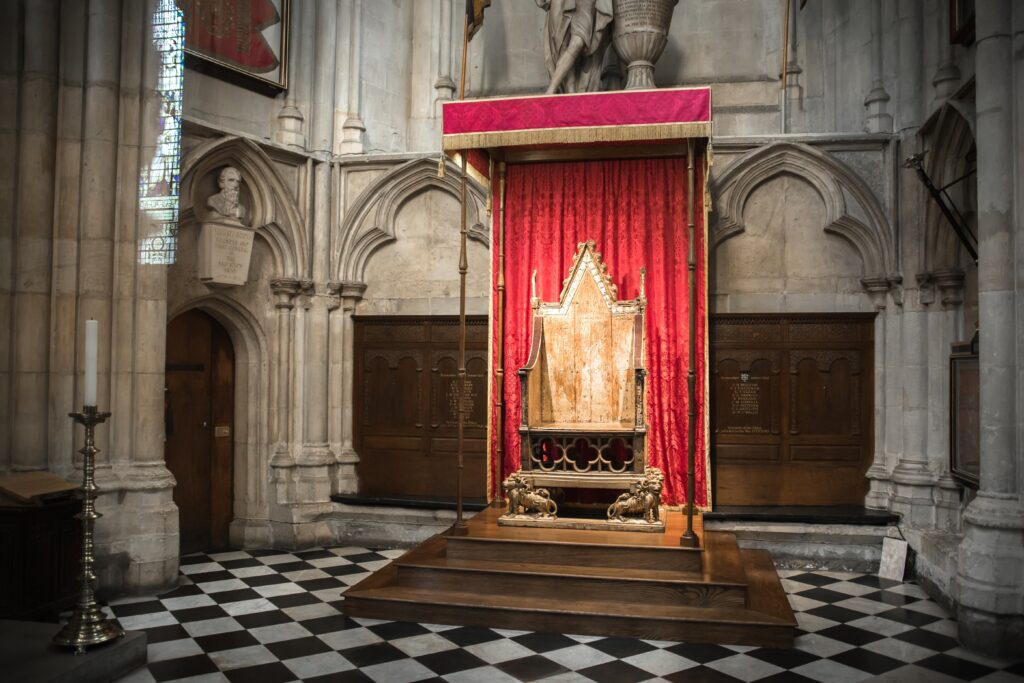Imagine unexpected leaders suddenly thrust into power, their ascensions marked by dramatic twists of fate. Royals who were never supposed to wear the crown often have stories filled with intrigue, luck, and odd chances. These ten kings and queens, once considered unlikely heirs, rose to define their realms in ways no one could have predicted.
Some were the result of tragic accidents, while others emerged due to political manoeuvring or sheer happenstance. Edward VI, for instance, was only nine when he became king, a position he inherited after multiple unforeseen deaths in the family. Similarly, Queen Victoria’s unlikely rise came after a series of deaths that left her, a young princess, as the next in line.
In each case, their unexpected rise to power brought significant changes to their countries. These rulers reshaped history, steering the fate of nations through their unexpected reigns. The journey of these unlikely sovereigns reveals much about the uncertainties and complexities of succession.
Unexpected Ascensions to Power

Throughout history, several monarchs have taken the throne due to unforeseen circumstances, altering the course of their kingdoms. From child kings and queens thrust into leadership to unexpected heirs and rulers by marriage, these ascensions often came with unique challenges.
Child Monarchs Thrust onto the Throne
Many young rulers found themselves unexpectedly crowned due to the premature deaths of their predecessors. King Henry VI of England ascended to the throne at merely nine months old after his father’s untimely death during the Hundred Years’ War. His reign was fraught with political instability and mental health struggles.
Similarly, Queen Christina of Sweden became queen at six after her father died in battle. Despite her youth, she embraced education and transformed Sweden’s cultural and intellectual landscape. Her unconventional rule included converting to Catholicism and abdicating to pursue personal interests.
Usurpers and Unexpected Heirs
Sometimes, monarchs rose to power through usurpation or surprising turns in succession lines. Richard III of England famously seized the throne from his nephew, Edward V, amidst controversy and allegations of murder. His brief reign was marked by battles and political strife, ultimately ending at the Battle of Bosworth Field.
Another example is Catherine the Great of Russia, who overthrew her husband, Peter III, with the support of the military. Her rule extended Russian territory and modernised the empire, cementing her legacy despite her unconventional rise to power.
Rulers by Marriage or Unforeseen Circumstances
Marriages and unexpected events also propelled individuals to the throne. Mary of Lorraine became Queen Regent of Scotland through her marriage to James V. After his death, her effective leadership during her daughter’s minority made her a central figure.
Philip II of Spain became king of England through his marriage to Mary I. Their union was brief, ending with Mary’s death, but it created a unique instance of shared monarchy between the two nations.
In each instance, these unexpected ascensions fundamentally shaped the histories of their respective realms, impacting and redefining leadership.
Challenges and Impacts of Unanticipated Monarchs
Unplanned ascensions brought a mix of political instability, unexpected reforms, and cultural shifts. These rulers faced unique trials that left lasting marks on their realms.
Political Turbulence and Court Intrigue
When unexpected rulers took the throne, political turbulence often ensued. Court factions vied for influence, leading to plots and power struggles. Advisors and nobles might seek to control the inexperienced monarch, causing mistrust and instability. These conditions could weaken the monarchy and even provoke rebellion or civil war.
Example cases:
- King John of England: Inherited the throne after his brother’s death, leading to disputes with nobles and the signing of the Magna Carta.
- Empress Matilda: Her claim sparked the period known as The Anarchy.
Legacies and Reforms
Unanticipated monarchs sometimes enacted significant reforms that shaped their nations. Due to their unique circumstances, they might pursue bold measures or adapt policies differently from their predecessors or successors.
These reforms could cover various areas, such as legal changes, military restructuring, or economic policies.
Key examples:
- Peter the Great of Russia: Modernised the Russian military and government.
- Queen Elizabeth I: Strengthened England’s Protestant Church and cultural renaissance.
Cultural and Social Contributions
Monarchs who were never meant to rule could bring fresh perspectives to cultural and social issues. Their reigns sometimes sparked artistic and intellectual movements or led to shifts in cultural norms and societal expectations.
Such contributions often left a deep imprint on literature, art, and social customs.
Noteworthy cases:
- Queen Victoria: Her unexpected long reign saw the Victorian era’s cultural flourish, impacting literature and social structures.
- King Louis XIV of France: Centralised culture around the court, influencing French and European arts.
